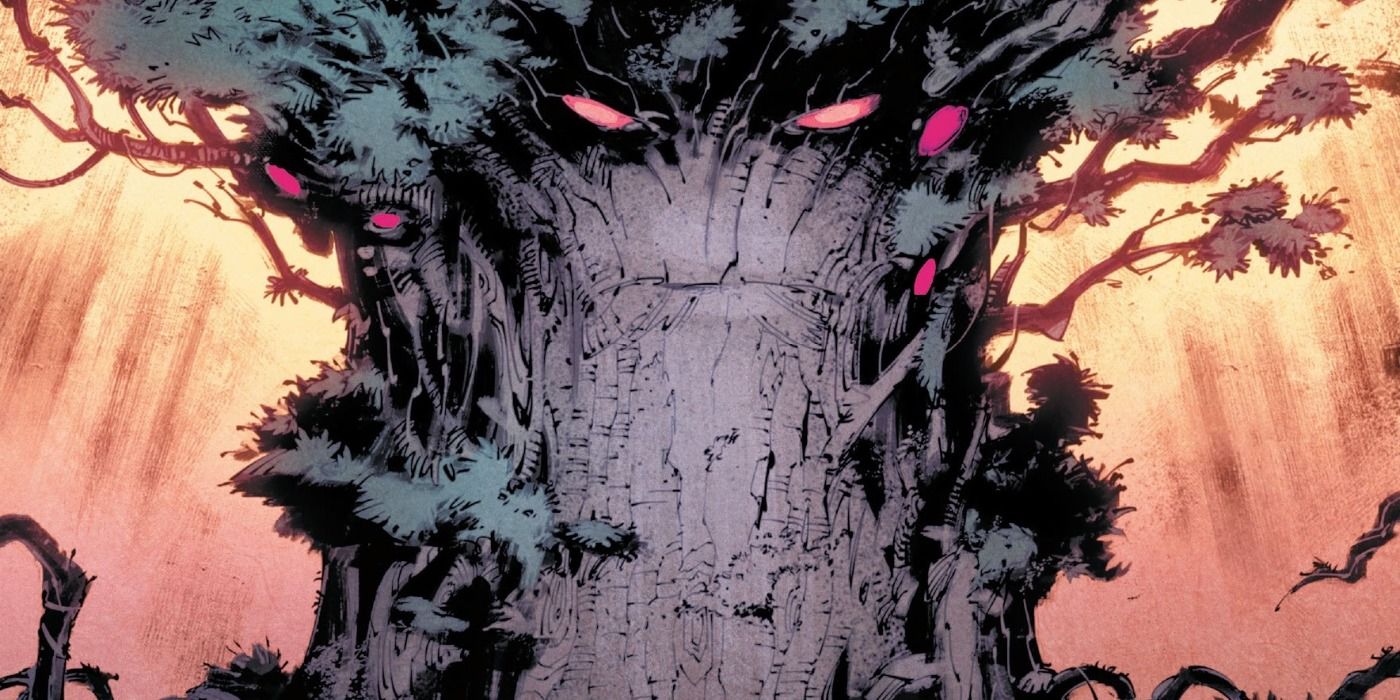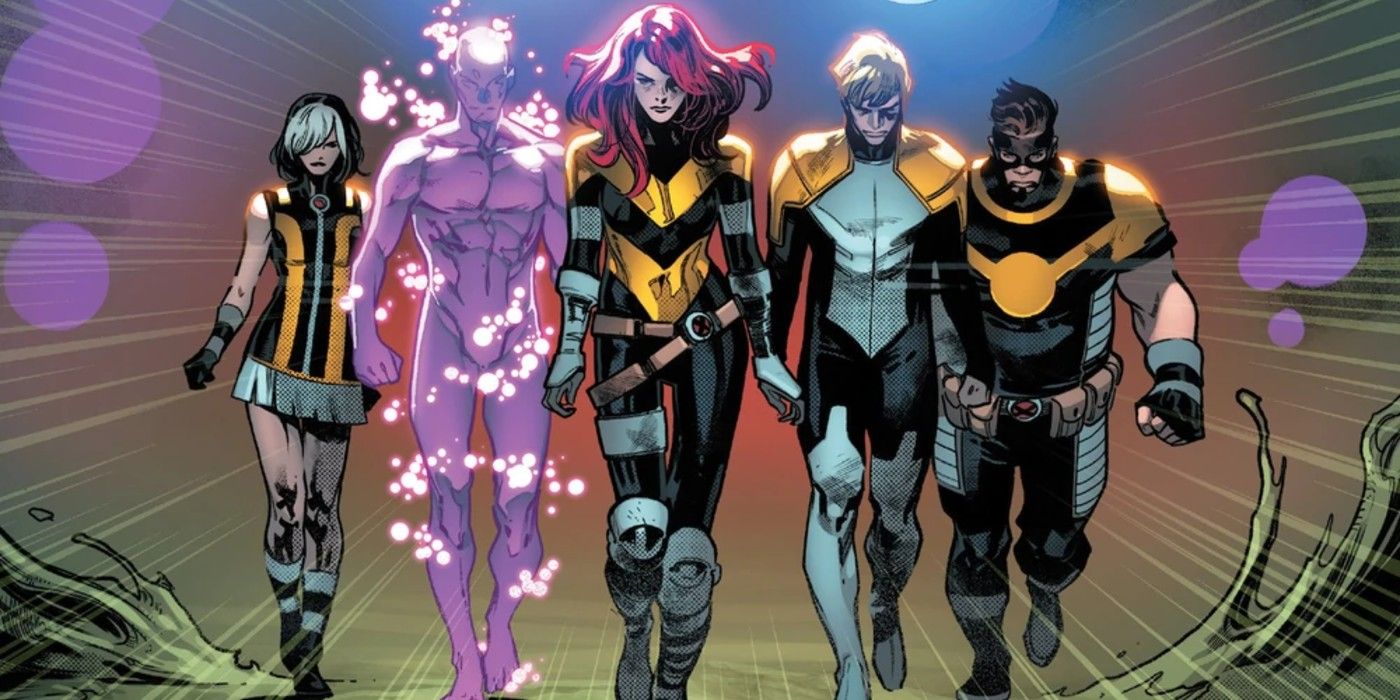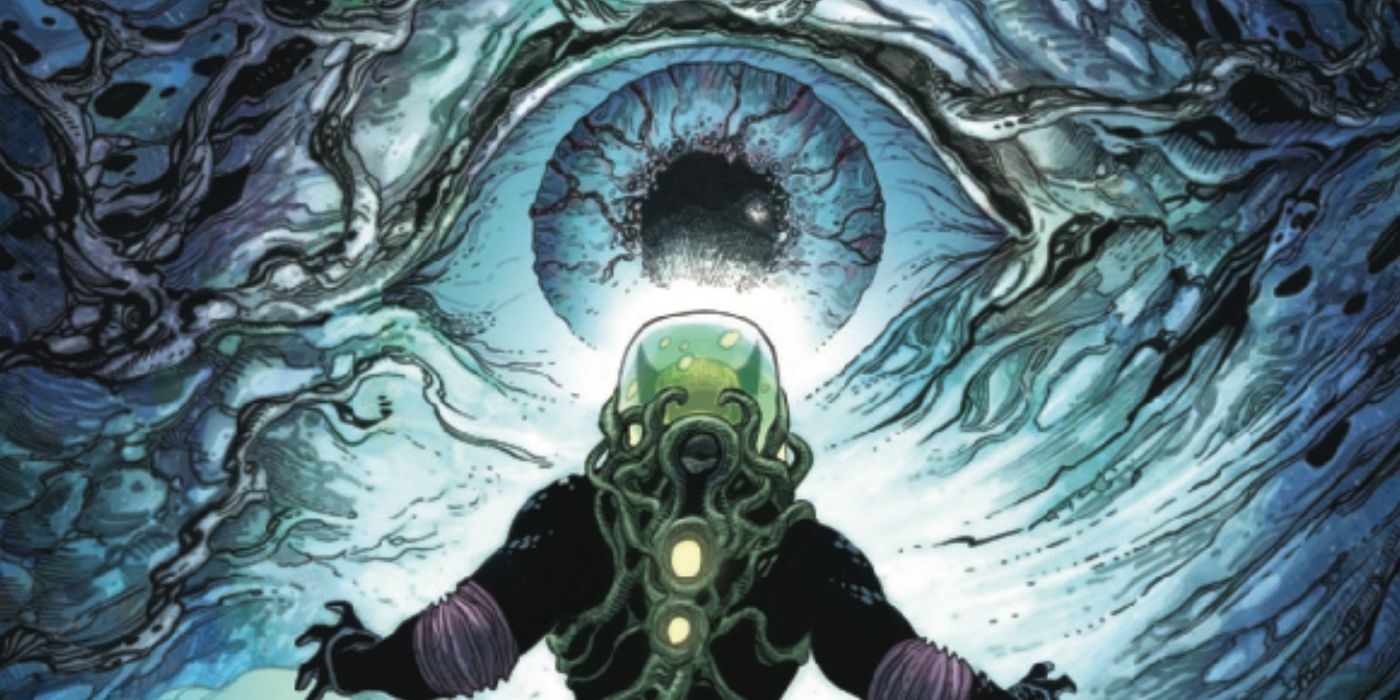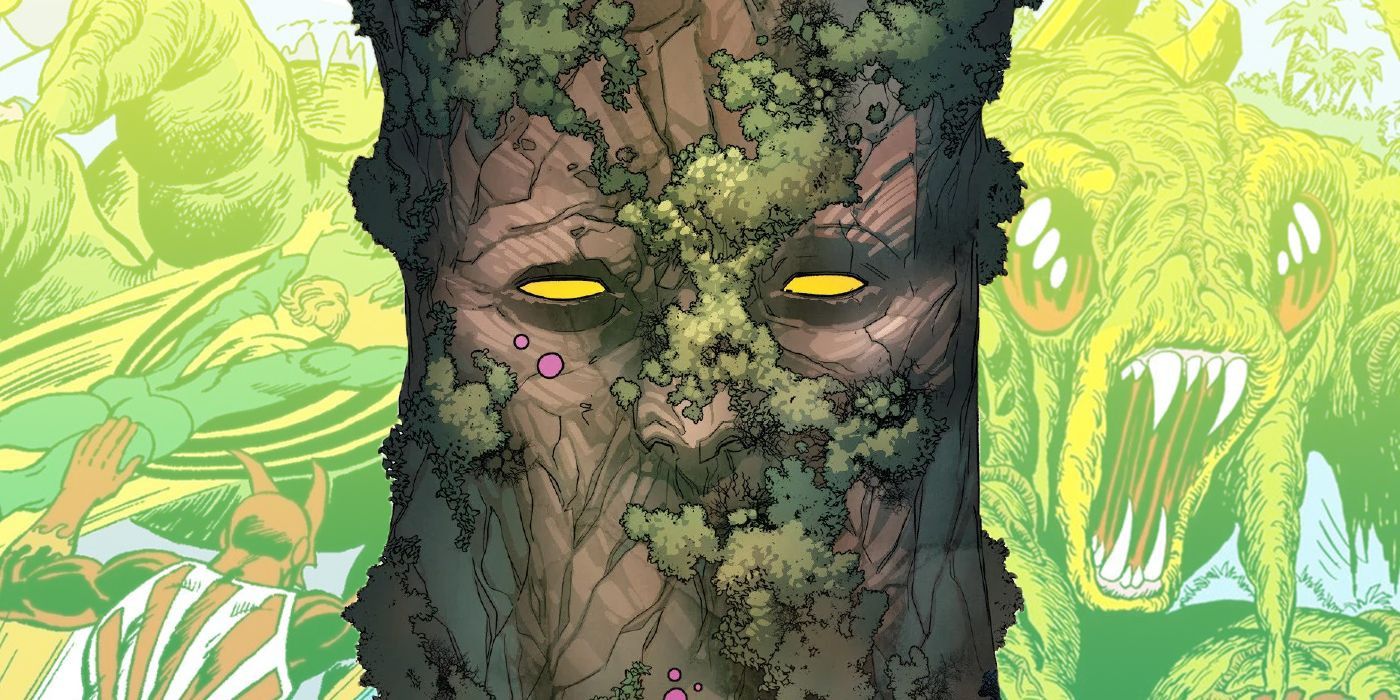Warning: spoilers for X-Force #16 are below!
Marvel's resident mutant heroes, the X-Men, have made their utopian home on the island of Krakoa. The island is teeming with biodiversity and the opportunity for scientific innovation, making it a suitable place for a team such as the X-Men. But while Krakoa has blessed mutantkind with the space and freedom to create the society they've always dreamed of, the process has been anything but smooth sailing. From discovering the enormous beasts that inhabit the island, to battling the Champions of Arakko, the X-Men have rarely had a moment of reprieve on Krakoa. And now, with the events of X-Force #16 having unfolded, it looks like things are about to get even more worrisome.
In X-Force #16, Beast and Dr. Cecilia Reyes discovered the true nature of a parasitic being found in corpses around the island. The two decided that it was in everyone's best interest to search and destroy all traces of it. They sent X-Force to do the job, and the issue followed a small team composed of Forge, Kid Omega (Quentin Quire), and Wolverine as they descended into the depths of Krakoa's aquatic trenches to investigate the presence of this "metastatic infection" (written by Benjamin Percy, art by Joshua Cassara, colors by Guru-eFX, letters by VC's Joe Caramagna, design by Tom Muller).
Krakoa is a living being, and is susceptible to developing cancer or tumors just like anything else on Earth. But in this case, Krakoa falling sick could wreak havoc on its population, as mutant society relies heavily on the resources that Krakoa provides. By snuffing out its deepest underwater corners, X-Force could ensure that there isn't anything else lurking around the island threatening their lives.
As the team discovers, there are monsters hiding in Krakoa's darkest depths, leading to a question of whether or not the X-Men were ever truly safe on the island. This development in the mutants' relationship with Krakoa evidences that habitation is a two-way street, and the new infection on the island could be its response to mutant society burdening its resources. X-Force's eerie descent is a wakeup call to the hidden side of Krakoa, not only to its other inhabitants, but also to the mutants' own arrogance for thinking that they have complete control over the island. Thus, this two-pronged sense of danger makes Krakoa the greatest threat to the X-Men.
The X-Men Must Accept That Krakoa Is Rotten To Its Core In Order To Address Their Own Problems.
On its surface, Krakoa appears to be an oasis, making it ideal for mutants to build their own nation-state. But as Kid Omega discovers in this issue, the extent of its metastatic infection confirms his suspicions that things are not entirely as they seem. While fighting off an infected shark, Quentin airs out some of his anxieties, saying, "...there's something about Krakoa that's always bothered me. We trust it to do what it's supposed to do. Just like we trust our hearts to beat and our lungs to breathe. But everybody's got something rotten hidden inside them. And if you're not paying attention, what's rotten can slowly take you over. You can become your own worst enemy."
Quentin's words, while also describing the process of how a metastatic infection spreads, effectively summarize the pitfalls of Krakoan society. Just because the X-Men are in an idyllic land does not mean that their society is itself also idyllic. The cancer that is spreading across the island is more than just physical. It is also the series of unresolved ethical questions that have arisen on Krakoa since the X-Men first settled there, and the possibility that some of its heroes are disgruntled with Krakoa's protocols. The X-Men must address Krakoa's failings as a state if they are to survive, because they are rotting out the foundations of Krakoan society just as the disease itself is on the physical land.
"Who Is the Parasite, And Who Is The Host?"
The issue also poses another question pertinent to recent X-Men stories through Namor the Sub-Mariner, who rescues the team after they are surrounded by monsters. After the group explains that a parasite has taken over the island, and he briefly ruminates, "Imagine if it claimed me. Would it use me–as Xavier is using Krakoa? Or is the opposite true? Who is the parasite, and who is the host?"
Namor's question of the parasitic relationship between the X-Men and Krakoa exposes uncomfortable truths the X-Men must now reckon with. The relationship that the X-Men have to Krakoa's land is symbiotic, but that does not necessarily mean that is mutually-beneficial. As superheroes with strong guiding principles, the X-Men are accustomed to thinking that their presence on Earth is benign. But if the metastatic infection on the island is truly its response to their prolonged habitation, then they must examine the ways that they have selfishly demanded Krakoa's resources to no end.
The X-Men's Concept Of Krakoa Itself Is A Disease.
The X-Men are used to handling threats from outside mutantkind, whether they be from humans or aliens. But Krakoa presents a new type of problem that the mutants are less prepared for: threats from within. The arrogance that has marked mutants' settlement of Krakoa poses just as much a danger to them as the monsters that Quentin had to fight off with Forge and Wolverine.
Krakoa is the greatest danger to mutantkind, not because it is riddled with scary monsters hiding in its depths, but also because the very idea of it breeds a mindset that prevents the X-Men from acknowledging their most pressing issues. The cancer spreading across Krakoa is not so much a physical ailment of the island itself, but a cancer of the mind. While Krakoa initially seemed like a place where mutants could flourish like never before, X-Force #16 demonstrates that there are real biological consequences for this. The island's ecosystem and mutant society are one and the same: a delicate web whose threads will snap if they are pulled too harshly. Hopefully, the X-Men will master this fragile balancing act before it is too late.





